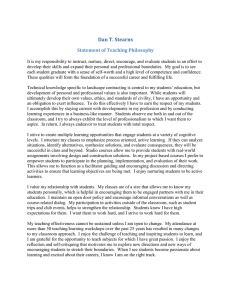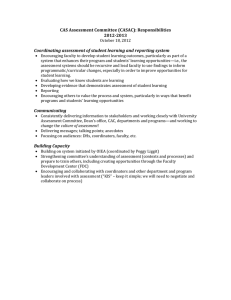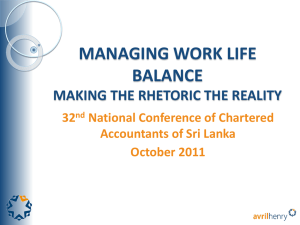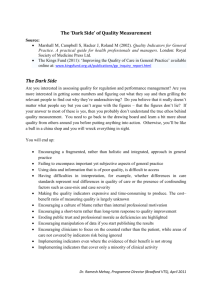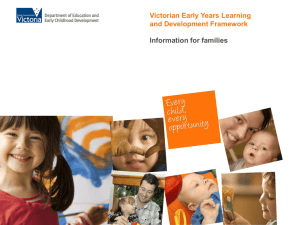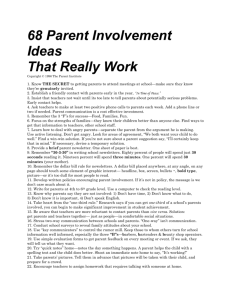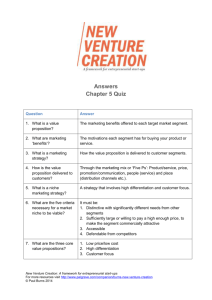Encouraging your child to be active (docx
advertisement
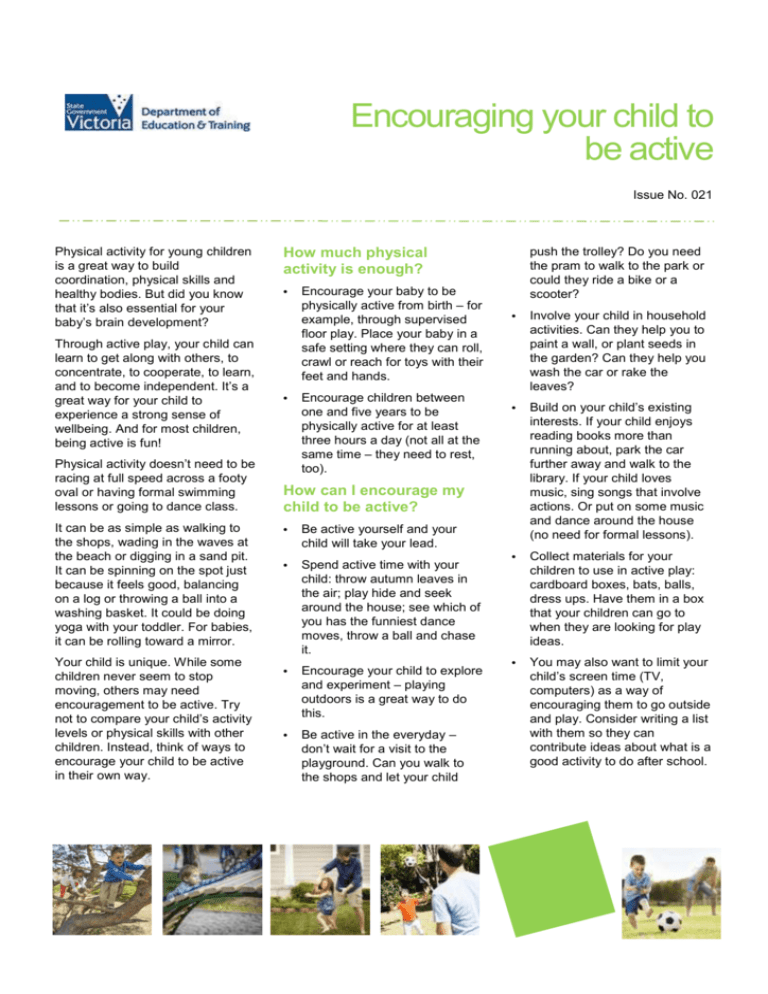
Encouraging your child to be active Issue No. 021 Physical activity for young children is a great way to build coordination, physical skills and healthy bodies. But did you know that it’s also essential for your baby’s brain development? Through active play, your child can learn to get along with others, to concentrate, to cooperate, to learn, and to become independent. It’s a great way for your child to experience a strong sense of wellbeing. And for most children, being active is fun! Physical activity doesn’t need to be racing at full speed across a footy oval or having formal swimming lessons or going to dance class. It can be as simple as walking to the shops, wading in the waves at the beach or digging in a sand pit. It can be spinning on the spot just because it feels good, balancing on a log or throwing a ball into a washing basket. It could be doing yoga with your toddler. For babies, it can be rolling toward a mirror. Your child is unique. While some children never seem to stop moving, others may need encouragement to be active. Try not to compare your child’s activity levels or physical skills with other children. Instead, think of ways to encourage your child to be active in their own way. How much physical activity is enough? Encourage your baby to be physically active from birth – for example, through supervised floor play. Place your baby in a safe setting where they can roll, crawl or reach for toys with their feet and hands. Encourage children between one and five years to be physically active for at least three hours a day (not all at the same time – they need to rest, too). push the trolley? Do you need the pram to walk to the park or could they ride a bike or a scooter? Involve your child in household activities. Can they help you to paint a wall, or plant seeds in the garden? Can they help you wash the car or rake the leaves? Build on your child’s existing interests. If your child enjoys reading books more than running about, park the car further away and walk to the library. If your child loves music, sing songs that involve actions. Or put on some music and dance around the house (no need for formal lessons). Collect materials for your children to use in active play: cardboard boxes, bats, balls, dress ups. Have them in a box that your children can go to when they are looking for play ideas. You may also want to limit your child’s screen time (TV, computers) as a way of encouraging them to go outside and play. Consider writing a list with them so they can contribute ideas about what is a good activity to do after school. How can I encourage my child to be active? Be active yourself and your child will take your lead. Spend active time with your child: throw autumn leaves in the air; play hide and seek around the house; see which of you has the funniest dance moves, throw a ball and chase it. Encourage your child to explore and experiment – playing outdoors is a great way to do this. Be active in the everyday – don’t wait for a visit to the playground. Can you walk to the shops and let your child Put it up somewhere where everyone can see it. You may also like to read Related links You may also like to read other titles in this series: Encouraging your child’s strengths and interests ‘I can do it myself’: encouraging independence Helping your child to have a strong sense of wellbeing Centre for Child Community Health, Royal Children’s Hospital’s Physical activity in infancy and childhood Raising Children’s: Physical activity: getting your children involved Physical activity for younger children Encouraging your child to be active Other related newsletters can be found at www.education.vic.gov.au page 2
